|
It has been three months since we released Crossing Over. In the time since the release, I have been deeply moved by personal stories of people who have been touched by our album. Some stories have come from a time of acute personal grief. For others, hearing the music has brought back memories of an intense past experience. These stories have furthered my belief that music has the ability to communicate truths in a visceral way that speaks directly to the heart. As a thank you to those people who have shared their personal stories, I want to share more about what the album means to me. Over the course of several posts, I will share the progression of Crossing Over, with texts, images, musical impressions, and musical clips. This first post will take us through the first 10 tracks of Crossing Over, including pieces by Daniel Elder, John Tavener, and Nicolai Kedrov. My hope is that through sharing more about how the album came to be and what the music means to me and to us, the story it tells will reach and move even more people.
|
AuthorMatthew Guard Archives
April 2020
Categories |
©2023, Skylark Vocal Ensemble Inc.
8735 Dunwoody Place, STE R, Atlanta, GA 30350
617-245-4958
8735 Dunwoody Place, STE R, Atlanta, GA 30350
617-245-4958

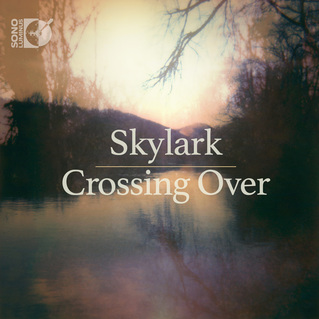
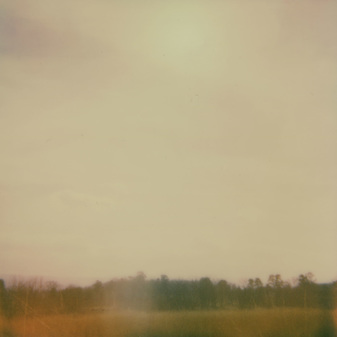
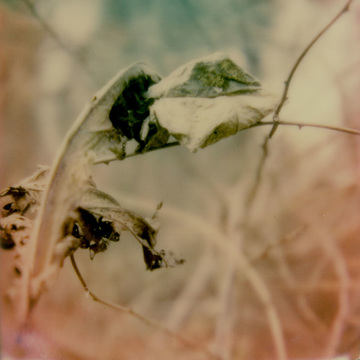
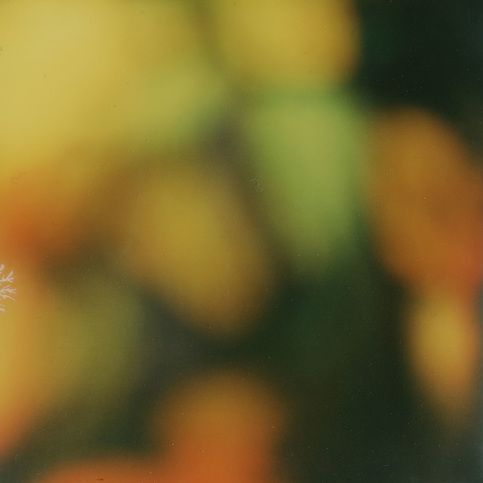
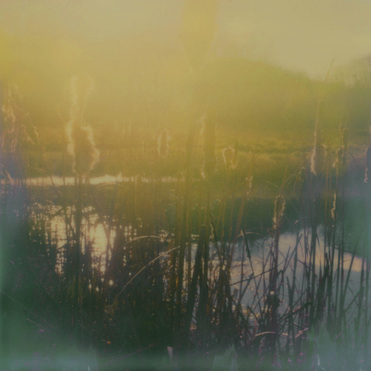
 RSS Feed
RSS Feed

